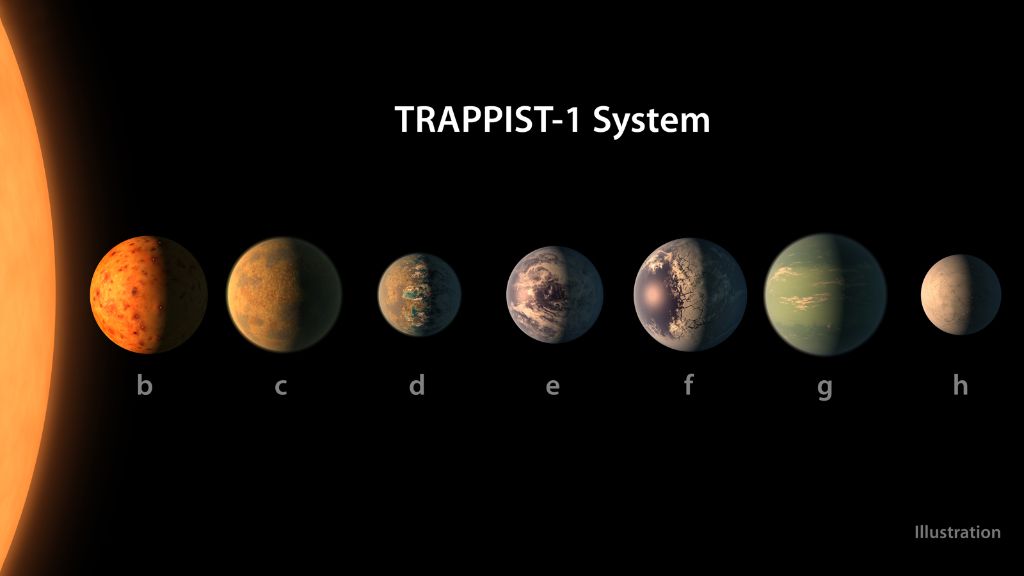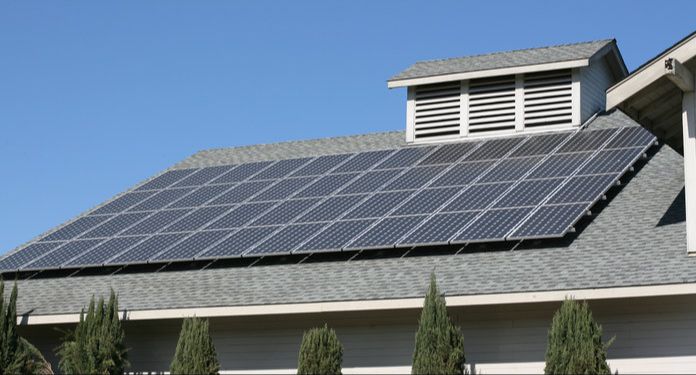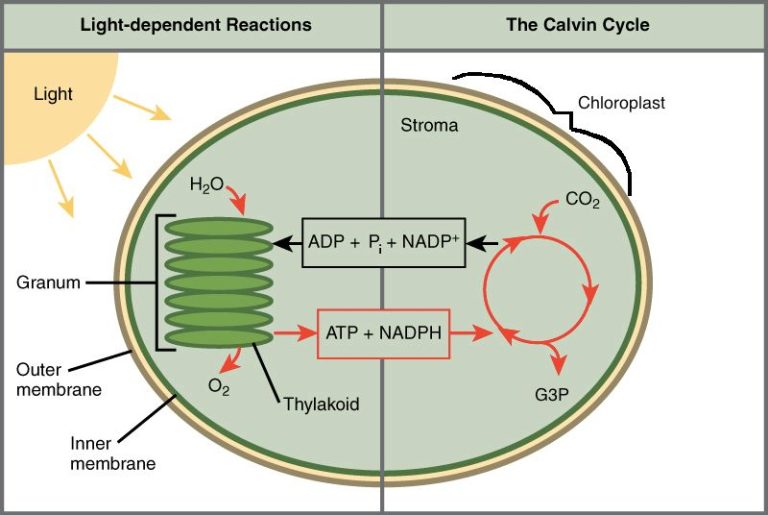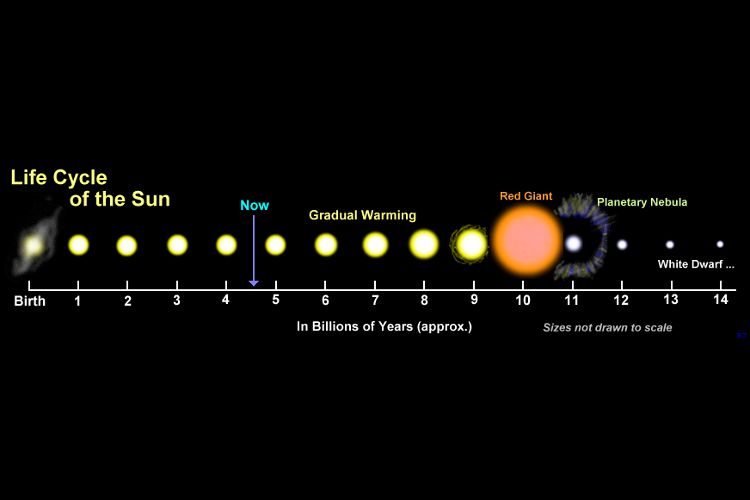Is Earth Older Than The Solar System?
Our solar system and the planet Earth formed around the same time, over 4.5 billion years ago. However, scientific evidence shows that the Earth formed slightly later than the solar system as a whole. The age difference is estimated to be tens of millions of years. While both formed extremely long ago, the order and timing of their formation provides insights into the history and evolution of our cosmic neighborhood.
Formation of the Solar System
The age of the Solar System has been determined using radiometric dating of the oldest meteorites in our solar system, which are chondrite meteorites from the asteroid belt. The oldest inclusions found in meteorites are calcium-aluminum-rich inclusions (CAIs) that are thought to be the first solids to condense from the solar nebula. Studies of these CAIs using uranium-lead dating indicate that the age of the Solar System is 4.568 billion years, with an uncertainty of less than 1% (https://en.wikipedia.org/wiki/Formation_and_evolution_of_the_Solar_System).
This age is derived from studying isotope ratios of radioactive and stable elements in the oldest meteorites. The dating methods rely on radioactive decay clocks set when these meteorites formed, allowing scientists to determine an accurate age. Analysis of different meteorites using various radiometric dating methods all yield a consistent age for the Solar System (http://earthguide.ucsd.edu/virtualmuseum/ita/05_3.shtml).
The leading theory for Solar System formation is that the Sun and planets arose from a large cloud of interstellar gas and dust. Gravitational collapse of this solar nebula led to a spinning disk of material surrounding the nascent Sun. The planets then accreted from aggregations of dust and gas within this protoplanetary disk (https://en.wikipedia.org/wiki/Solar_System). The age determined from meteorites dates this initial collapse and represents the age of the Solar System.
Formation of Earth
According to the dominant scientific theory, Earth formed around 4.5 billion years ago through a process called accretion. Small particles of dust and gas began clumping together through gravitational attraction, forming larger and larger bodies over millions of years. Eventually these bodies became large enough that their gravity could hold onto an atmosphere. One of these bodies would become Earth.
The initial accretion phase was followed by a giant impact event, where a Mars-sized object nicknamed Theia collided with the proto-Earth. This collision blasted debris into orbit around Earth, which eventually coalesced into the Moon (Source: https://news.uchicago.edu/explainer/formation-earth-and-moon-explained). Earth’s iron core also formed from heavier elements sinking toward the center. Lighter silicate rocks gathered above, forming the mantle and crust.
Early Earth had a very different atmosphere compared to today. The atmosphere during accretion contained hydrogen and helium. Volcanic eruptions later added steam, carbon dioxide, nitrogen, and sulfur gases. By about 500-400 million years after formation, the atmosphere transformed to become more like the modern nitrogen/oxygen atmosphere (Source: https://www.nationalgeographic.org/article/formation-earth/).
Difference in Ages
While the Earth and solar system formed around the same time, research shows that the Earth is slightly older than the solar system overall. According to the University of California San Diego, the age of the solar system derived from meteorite studies is approximately 4.6 billion years old. In comparison, scientists estimate the age of the Earth to be about 4.54 billion years old based on evidence from radiometric dating of meteorites as well as rocks from the Earth and moon.

So the Earth formed about 60 million years before the solar system fully formed and the sun ignited. This is because the Earth consolidated from the solar nebula slightly sooner than the gas giants like Jupiter and Saturn. According to Universe Today, the protoplanetary disk also took time to coalesce under gravity into the gas giants we see today. So while the Earth and solar system came from the same initial cloud of gas and dust, the planets themselves formed at slightly different points during the solar system’s evolution.
Overall, the Earth is estimated to be about 4.54 billion years old while the solar system more broadly is 4.6 billion years old. The slightly older age of the Earth provides insights into the early formation of our solar system.
Sources:
http://earthguide.ucsd.edu/virtualmuseum/ita/05_3.shtml
https://www.universetoday.com/75805/how-old-is-the-earth/
Evidence for Earth’s Age
Scientists have used various methods to determine the age of the Earth. Some of the key evidence includes:
Radiometric dating of meteorites, moon rocks and earth rocks provides strong evidence that the Earth and meteorites formed 4.5 to 4.6 billion years ago. The oldest known rocks on Earth date back 3.8 to 4.28 billion years, also pointing to an ancient origin. (Scientific American)
Analysis of uranium/thorium/lead isotopes gives us the ability to calculate absolute ages for rocks, which verifies the radiometric dates. (National Geographic)
The changing ratios of stable isotopes produced by radioactive decay act as clocks to measure absolute ages of rock formations and geological events. (Evolution Outreach)
Studies of halos produced by radioactive decay in ancient minerals further points to Earth’s antiquity. Evidence from meteorites also verifies an origin around 4.5 billion years.
Evidence for Solar System’s Age
Scientists have determined the age of the solar system using radiometric dating of meteorites, lunar samples, and rocks from Earth (Forbes, 2018). The most definitive evidence comes from analyzing certain radioactive isotopes within meteorites that have barely changed since the formation of the solar system, providing an accurate “clock” that dates the age (Study.com, n.d.).
One important method is isochron dating, which uses ratios of isotopes in meteorites that show how much time has passed since they solidified from the solar nebula. This puts precise constraints on when the solar system formed from a protoplanetary disk around 4.5-4.6 billion years ago (UCSD, n.d.). Additional confirmation comes from modeling the evolution of stellar nebulae and the time required for planetary accretion and geological settling.
Multiple radiometric dating methods relying on uranium, lead, and other elements all yield a consistent age for the solar system of approximately 4.6 billion years, with an error of just a few million years (Forbes, 2018). The agreement across numerous meteorite samples studied by different techniques makes this age highly reliable.
Scientific Consensus
The scientific consensus is that the Earth is approximately 4.54 billion years old, while the solar system is around 4.6 billion years old (IPS Planetarium). Multiple independent lines of evidence from radiometric dating, the fossil record, and astrophysics all point to these age ranges for the Earth and solar system (Quora). While the Earth and solar system formed around the same time, the most precise radiometric dates show the Earth is about 50-100 million years younger than the oldest objects in the solar system. This slight difference in ages is likely due to the Earth finishing its formation later as collisions with protoplanets continued (Scientific American). Overall, the scientific community is in strong agreement that the Earth and solar system are around 4.5-4.6 billion years old.
Remaining Questions
While scientists have determined the ages of the Earth and solar system with a high degree of accuracy, some questions and debates remain. According to the article from Answers in Genesis “Age of the Solar System”, young Earth creationists continue to challenge the scientific consensus on the age of the Earth and solar system. They argue the Earth is only 6,000 years old based on biblical interpretations. However, most scientists dismiss these claims as pseudoscience lacking solid evidence.
There are also open questions about the early formation of the solar system, such as why Mars is so much smaller than Earth despite apparently starting with similar materials and conditions as noted in the Vox article “7 solar system mysteries scientists haven’t solved yet“. While the ages are well-established, the details of how the planets evolved to their current state remain active research areas in astronomy and planetary science.
Summary
In summary, the evidence shows that the Earth and the Solar System formed around the same time, approximately 4.6 billion years ago. This age has been determined through radiometric dating of meteorites, moon rocks, and Earth rocks, which all show a consistent age of around 4.6 billion years old. While the Earth may have formed anywhere from 10-100 million years after the Solar System’s initial formation, this age difference is negligible compared to the overall 4.6 billion year timeframe. The scientific consensus based on multiple dating methods and samples leaves no doubt that the Earth and Solar System are roughly the same age.
Key points covered included:
– Radiometric dating allows scientists to determine the age of rocks and meteorites.
– Zircon crystals on Earth have been dated to 4.4 billion years old.
– Moon rocks returned by Apollo missions date to 4.5 billion years old.
– Meteorites that formed early in the Solar System’s creation date to 4.6 billion years old.
– Though Earth may have formed slightly after the Solar System’s initial formation, the difference of 10-100 million years is tiny compared to the overall 4.6 billion year age.
In conclusion, the evidence clearly shows the Earth and Solar System are approximately the same age at around 4.6 billion years old, with Earth potentially forming shortly after the initial formation of the Solar System.
Conclusion
In conclusion, the evidence shows that the Earth is definitively not older than the solar system. The solar system, including the Sun, formed about 4.6 billion years ago. In contrast, the Earth formed around 4.54 billion years ago, about 60 million years after the solar system’s formation.
While components of the Earth, such as water, may contain material that pre-dates the Sun, the planet itself coalesced at a later time. The radiometric dating of meteorites that formed early in the solar system’s history consistently point to an age of 4.6 billion years. Likewise, radiometric dating of the oldest Earth rocks and Moon samples establish the Earth’s formation tens of millions of years after the solar system’s inception.
Therefore, the scientific consensus based on all available evidence clearly shows the solar system, including the Sun, to be older than the Earth. While some uncertainty remains about the exact timeline, there is no doubt that the Earth formed after the genesis of the solar system which gave rise to it.





